It's hard not to detect a slight note of frustration in Matthew Avery’s voice as he talks us through some of the latest driver-assistance systems on the market – or, rather, some of the messaging that surrounds them. “Today’s technology is not self-driving, whatever manufacturers will tell you. It’s assisted.”
Avery is on the board of Euro NCAP, and director of research at Thatcham Research. The two organisations have been at the forefront of car safety for decades and, as technology has increased in sophistication over the years, so too have Thatcham and NCAP evolved, judging how well the latest sensors and software perform, while also continuing to test traditional safety aspects such as crumple zones and whiplash protection.
The event we’re attending today is about state-of-the-art electronics, and six cars have been laid on so Thatcham can demonstrate the latest addition to its suite of safety assessments. Billed as “the world’s first assisted driving grading”, the new tests judge how well assistance tech works on a holistic level, from the moment manufacturers market the technology, to the point when the systems intervene in the event of a potential collision.
If all that sounds rather granular, it is. But with the Government consulting on whether drivers should be able to cede control of their cars to the next generation of these systems from as early as spring next year – potentially allowing motorists to take their hands off the wheel at 70mph on motorways – these tests are important.
“The consumer is going to be confused by all this,” Avery explains. “What’s assisted and what’s autonomous? Self-driving, automated lane-keep – there is so much confusion out there. So what we would like to do, and what we’re trying to do with these gradings, is make it clear.”
Avery firmly believes that “fundamentally these systems are going to make driving safer”, but cautions that no car on the market today is autonomous or even automated. “These are assisted-driving systems, so they involve the driver.”
The new assessments sit on top of the current crash tests and, while they won’t affect the Euro NCAP star ratings, they will give buyers a greater awareness of what these systems can, and more importantly can’t, do.
The clearest understanding comes, naturally, from trying the systems out for real. Thatcham has laid out a simple demonstration to show this, comprising a stretch of runway (its test track is situated on a disused RAF base) with lane markings, and a good old-fashioned traffic cone just inside one white line representing a pothole that a driver might want to steer around. The aim is to show how well the systems allow for driver intervention.
The first order of business is switching on the adaptive cruise control and lane-guidance systems. This is simple in our first test car, a BMW 3 Series, requiring the push of one button on the steering wheel. A prominent, green steering-wheel icon on the instrument display shows the system is active and we are driven along, our hands on the wheel, but making no pedal or steering inputs. Taking over the steering to avoid the ‘pothole’, we meet no resistance from the wheel, yet as soon as we release the pressure on it, the car returns itself to within the lane markings, gently and naturally. Next, we take our hands off the wheel altogether and, after a few seconds, the green icon glows orange, and two warning lights on the wheel illuminate, leaving us under no illusion the car wants us to remain in overall control.
The system in the Mercedes GLE is very similar, being easy to engage, providing no resistance when we take over steering, then smoothly guiding us back into lane when we leave it to its own devices. It also has large, bright icons on the digital dashboard to show the systems are active.
The Tesla Model 3 is up next, and it’s a very different experience. The system is activated by a simple double press on the gear selector, but it doesn’t like our position within the lane when it comes on, and gives a noticeable tug of the wheel as it places us where it thinks we should be.
When we take over to avoid the cone, the steering provides us with strong resistance, which is overcome with a snap as we start to turn the wheel, the Model 3 making a small but sudden change in direction as the system relinquishes control. In the end, the car does change course, and we remain in control, but it’s not a subtle process. Significantly, at the same time, the ‘Autopilot’ system warns us it has disengaged as a result of our intervention.
Avery isn’t keen on this aspect of the Model 3. “During the pothole test, the steering isn’t working cooperatively”, he says. “You’re not working with it; it just disengages.”
That’s not to say everything the Tesla does is bad – far from it. It gets excellent scores for its ability to follow lane markings, and how well it handles cars cutting in in front of it. It also brings us to a smooth, progressive stop as we ignore the foam and vinyl ‘car’ parked on the runway, an obstacle the Volvo slams the brakes on for and dings into at 50mph, and properly collides with at 60mph. But the Tesla’s shortcomings, which includes NCAP considering the Autopilot name “inappropriate as it suggests full automation”, mean it is only given a ‘Moderate’ score overall. For reference, BMW’s naming of its systems as ‘Driving Assistant Professional’ is more favourably judged, emphasising how important the messaging around these technologies is seen as being.
Testing the Volvo, Clio and Kuga leaves us with a number of impressions. All three allow us to drive around the cone without drama, or without the systems disengaging, but activating the assistance tech requires more button presses than in the BMW, Mercedes and Tesla. The Clio is also slightly less keen to return us to our lane after we deviate around the cone, while the symbol to show lane guidance is active on the Ford could be more prominent. Yet it’s impressive, particularly for the Ford and Renault, that these systems are offered on relatively affordable, mainstream cars.
We’ve flitted between six different models today, and while owners of these vehicles would undoubtedly get used to their systems very quickly, anyone switching brands, say from a BMW to a Tesla, would be faced with markedly different tech that works in very different ways. This is one reason why makers’ marketing and instructional materials are assessed by Euro NCAP as part of the grading process.
Nonetheless, we can’t help feeling that this lack of standardisation is one of the more problematic aspects of driver-assistance systems; and it’s one that is likely to be felt more keenly as systems become increasingly commonplace in years to come, particularly if traffic laws change to allow ‘hands-off’ driving in the future.
“There tends to be more challenge from vehicle manufacturers around the standardisation of HMI [human-machine interface] than almost any other subject,” Avery tells us. He adds, though, that while “trying to push harmonisation and commonality is difficult”, most car manufacturers are “moving towards a common way” when it comes to this technology.
Whatever your feelings about driver-assistance tech, it’s here to stay, and increasing in sophistication by the day. That means that unless and until agreements are reached to make recognising and operating these systems as universally identifiable as the red ‘hang-up’ icon on a telephone, for example, reading car handbooks and Euro NCAP test reports is more important than ever.
What can we expect from car technology in the future? Find out more here...
from Sitewide RSS feed https://ift.tt/3y4c60q
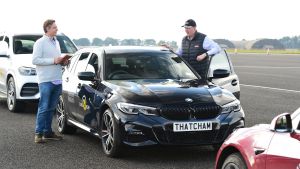
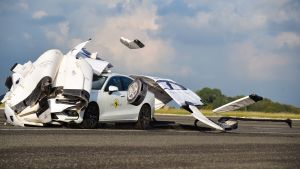
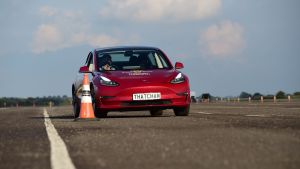


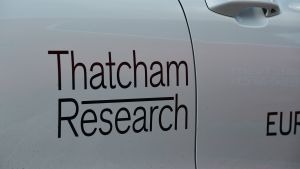
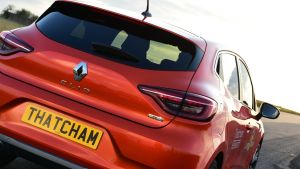
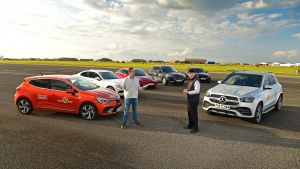
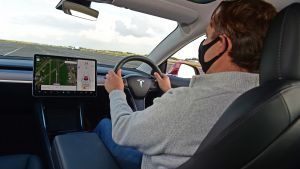
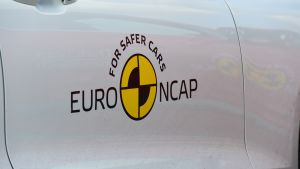
No comments:
Post a Comment